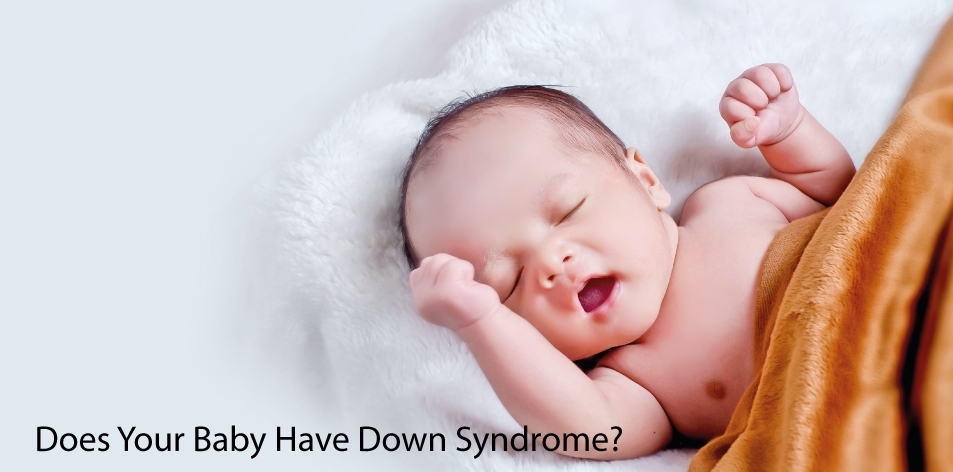
Down Syndrome – H&S Education & Parenting
Does Your Child Have Down Syndrome? What Is Down Syndrome?
There Are Basically 3 Types Of Down Syndromes-
Symptoms & Features To Look Out For:
Some Of The Complications For Children With Down’s:
Screening Tests include blood tests where maternal blood is screened and an ultrasound.
Diagnostics Tests are of 3 types that look for the changes in chromosomes that would indicate Down’s:
CVS (Chorionic villus sampling) where the placenta is checked, Amniocentesis where the amniotic fluid is checked
& PUBS (Percutaneous umbilical blood sampling)- where the blood from the umbilical cord is checked.
How To Manage A Child With Down Syndrome?
Management requires a multidisciplinary approach and early intervention. Therapists such as speech, occupational, physical as well as special educators are needed to help manage a child with Down’s to help them develop & perform to their full potential. Remember that even though these children may also require extra help in school, many may be included in regular classes.
 Do you have any parental challenges? Let us know If you have any concerns or questions about parenting, leave your comments below & our expert will get back to you!
Do you have any parental challenges? Let us know If you have any concerns or questions about parenting, leave your comments below & our expert will get back to you!
